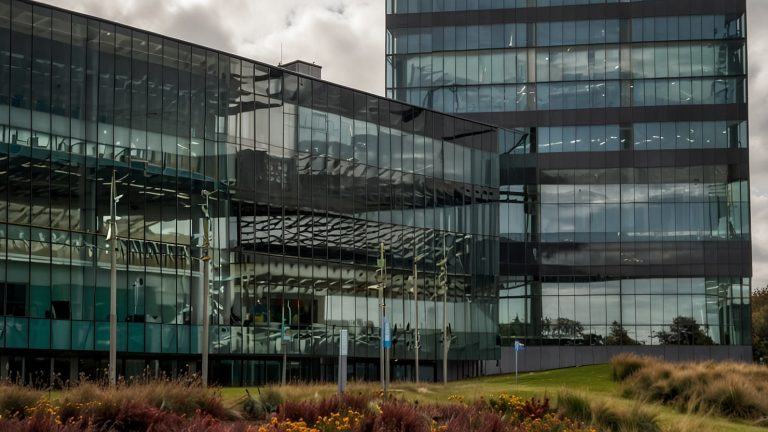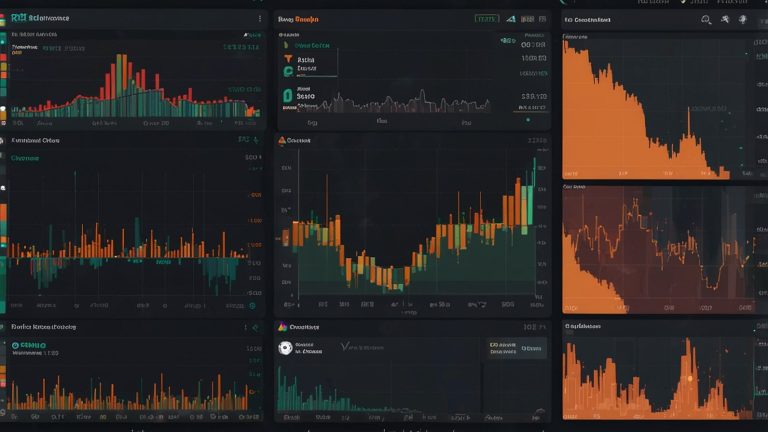XRP is a native digital asset of the XRP ledger. Its core design is optimised for high-speed and low-cost settlements. The main purpose of XRP is cross-border payments. While traditional methods can take days to settle, the XRP transactions settle in about three seconds.
The price of XRP can shift in seconds. To make quick and cost-effective decisions, you need the XRP calculator. It’s a reliable tool for calculating the value of your XRP tokens in real time.
With an XRP calculator, you can view and compare the most current exchange rates for XRP. You can also exchange it for over 50 other currencies. The whole process is free and takes seconds to complete.
How XRP Profit Calculators Work
From an outside perspective, crypto calculators might seem like a simple tool. However, they realise a complex calculation process with various variables under the hood. They calculate:
- XRP you want to convert.
- Exchange rates for the exchange pair.
- Transaction fees.
- Sell and buy prices.
The XRP price can fluctuate significantly in milliseconds. A reliable cryptocurrency takes the live market data and reflects the live currency value. For example, if a calculator has a five-second latency, you risk losing value. That’s why live data, together with other features, is so important in currency calculators.
Criteria to Consider When Choosing an XRP Calculator
Here are the core four features you should look for in an XRP calculator:
-
Supported Currencies
Comprehensive currency support is crucial for any XRP calculator. Because it’s a global asset, the calculator needs to be able to handle many currencies. This includes fiat and cryptocurrencies:
- Euros.
- US dollar.
- Japanese yen.
- Indian rupee.
- Ethereum.
- Bitcoin.
- TRON.
- Solana.
Top calculators should support over 50 currencies. It will ensure that you find the XRP pair you need for an exchange.
-
Live Rate Updates
Data provenance and low latency are critical for crypto calculators. It’s not just that data is fast, but also the reliability of the source that matters. A trustworthy tool needs to be transparent about its data sources.
An efficient XRP calculator will provide you with reliable live rates. It should consider the most relevant platform fees and offer less than sub-second latency periods. The number you see at the end result panel should be what you would get if you execute right away. Anything slower introduces risks you should avoid.
-
User-Friendly Interface
A clunky design slows you down and creates hesitation. User-friendly interface and cross-platform capabilities can make or break a crypto calculator.
An XRP calculator should have the functionality and design that suits pro and newbie crypto enthusiasts. The design needs to be:
- Uncluttered.
- Intuitive.
- Fast-loading.
The main workflow should be dead simple. You should be able to put in the amount, pick the currencies, and see the results instantly. Given the fact that there are so many mobile users, the calculator should look and work flawlessly on both phones and desktops.
-
Buy Now Integration
Buy now integrations can streamline the crypto exchange process. They make cryptocurrency calculations a convenient place you want to revisit. Once you see the calculation and like the price, you can click the “Buy” button and complete the exchange.
You don’t need to leave the calculator page with the buy now integration. It eliminates tool-hopping. You can use live data and exchange whenever you want, which makes the whole process seamless.
How to Use an XRP Calculator
Understanding XRP calculators shouldn’t take much time and effort. To use the calculator, you need to complete several simple steps:
1. Enter the Amount of XRP
First, you open the calculator. Then you type in the amount of XRP you’re curious about. For example, you want to exchange 100 XRP tokens.
2. Select the Currency
The second step is choosing the target currency. For example, you can get USD, EUR, or BTC from the list of 50 more options for your 100 XRP.
3. Get the Result
The third step is receiving an instant result based on the input and up-to-date rates. By that result, you can usually get the “Buy Now” button.
FAQ
What is the realistic XRP price by 2025?
The predictions for the XRP price at the end of 2025 vary. Coinpedia predicts that XRP will reach $5.05 by 2025. Meanwhile, Walletinvestor has it at $4.02.
How to buy XRP 2025?
To buy XRP, you will need a cryptocurrency wallet, available finances, and a crypto platform. You can use your funds in fiat or crypto assets to exchange for XRP at any crypto exchange platform that allows it. Then, you will need your wallet to support the storage of XRP. Most wallets allow storing XRP tokens. However, it’s better to double-check before completing the procedure.
Can XRP reach 100% in 2030?
Conservative views, such as those from CoinCodex, predict XRP’s price to be somewhere between $9.73 and $10.20 by 2030. Coinpedia is more optimistic, with forecasts up to $26.50 per one XRP token in 2030.
Is XRP going to hit $5?
Some crypto experts, such as at Walletinvestor or Coinpedia, believe XRP could hit the mark of $5 by 2026 or even sooner.
Could XRP climb to $1,000, according to an analyst?
For an XRP token to climb to $1,000, XRP needs a complete revolution in global finance. XRP would have to capture not just a slice but a dominant share of the global remittance market. By that point, XRP would have to become the main bridge asset for interbank settlements worldwide.












 Bitcoin
Bitcoin  Ethereum
Ethereum  Tether
Tether  XRP
XRP  Solana
Solana  USDC
USDC  Lido Staked Ether
Lido Staked Ether  TRON
TRON  Cardano
Cardano  Avalanche
Avalanche  Toncoin
Toncoin